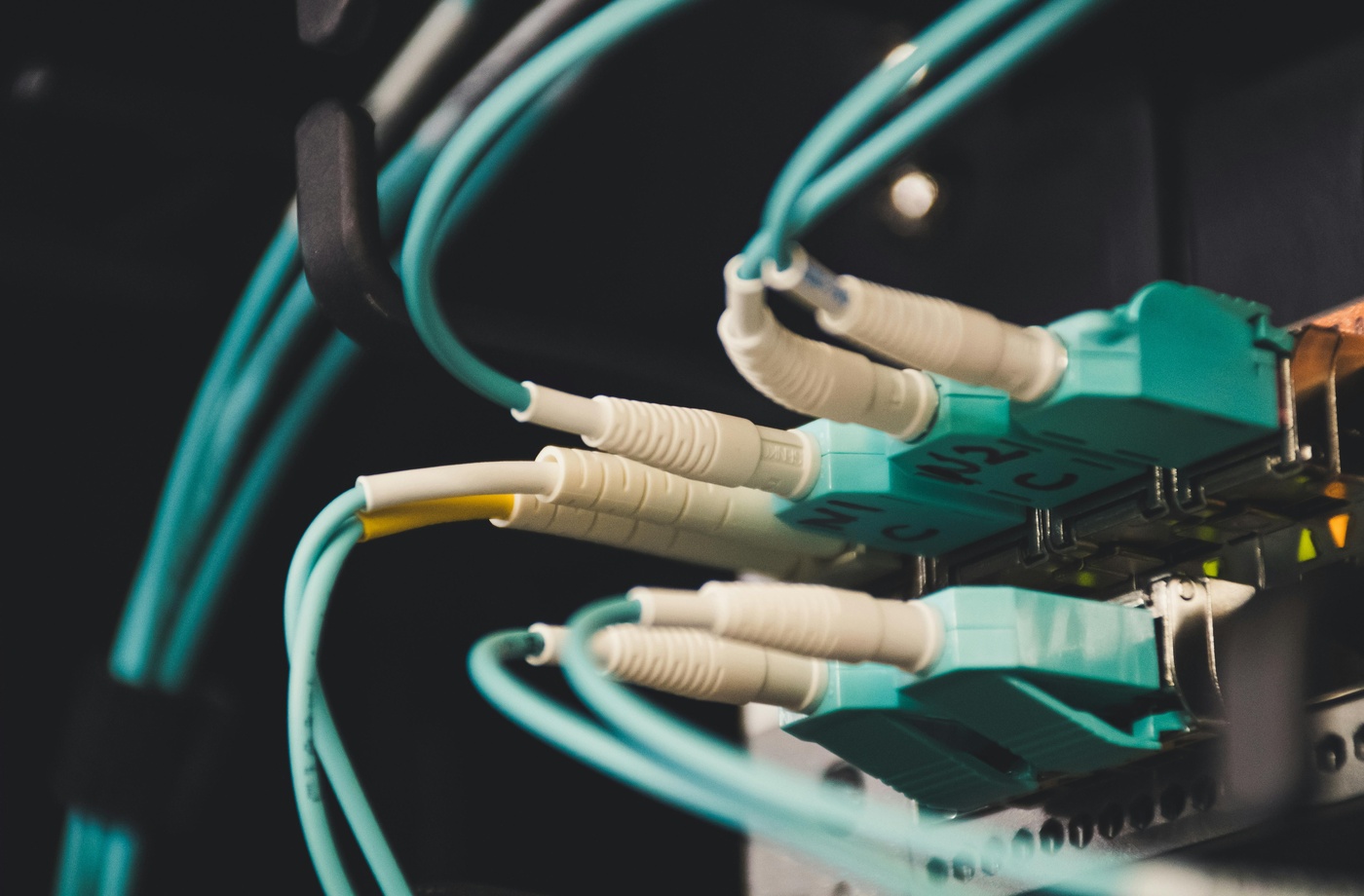As mobile devices become more essential to business operations, managing smartphones, tablets, and laptops across a distributed workforce requires clear strategies. Without a formal system, businesses risk data breaches, rising telecom costs, and productivity issues. Here are the best practices to help you manage company mobile devices effectively.
- Implement a Mobile Device Management (MDM) Solution
Using an MDM platform like Microsoft Intune, Jamf, or Cisco Meraki provides centralized control over all mobile devices. With MDM, you can enforce security policies, remotely wipe lost or stolen devices, and deploy apps across multiple devices quickly. - Create a Clear Mobile Device Policy
A strong written policy ensures employees understand expectations and responsibilities. Key topics to address include:
- Approved device types
- Data usage rules
- BYOD (Bring Your Own Device) procedures
- Security requirements (such as mandatory passcodes and encryption)
- Lost/stolen device reporting protocols
- Enforce Multi-Factor Authentication (MFA)
Adding an extra layer of security protects sensitive company data, even if a device falls into the wrong hands. Platforms like Duo Security and Okta integrate easily with mobile device management systems. - Separate Work and Personal Data
Containerization or dual-profile apps allow personal and corporate data to remain isolated on the same device. This setup protects privacy while ensuring company information remains secure and removable if necessary. - Monitor Mobile Data Usage
Data overages can lead to inflated telecom bills. Set up mobile data monitoring alerts or usage caps through your carrier account. Solutions like AT&T Business Mobility and Verizon Business offer administrative portals to track employee data usage. - Regularly Update Devices and Apps
Keeping mobile operating systems and business-critical apps updated closes security vulnerabilities and ensures better compatibility across devices. Use your MDM solution to push required updates remotely. - Establish Lost Device Protocols
Employees should know how to report lost devices immediately. A swift remote wipe or device lock can prevent data breaches. Make sure your MDM platform supports remote management even if the device is offline temporarily. - Conduct Regular Security Audits
Audit company devices periodically to check for compliance with security policies. Identify unauthorized apps, outdated software, or unusual activity patterns that could signal a risk. - Standardize Procurement and Retirement Processes
Use a centralized system for issuing and retiring devices. Factory-reset retired devices, securely wipe corporate data, and maintain records for auditing purposes. - Train Employees on Mobile Security Best Practices
Even the best systems fail if employees do not understand basic security habits. Offer training on phishing scams, password hygiene, and safe usage of public Wi-Fi to strengthen your mobile security culture.
Managing mobile devices effectively protects business data, optimizes operational costs, and keeps employees productive—whether they work in the office, at home, or on the go. A structured approach ensures mobile technology remains an asset, not a liability.



